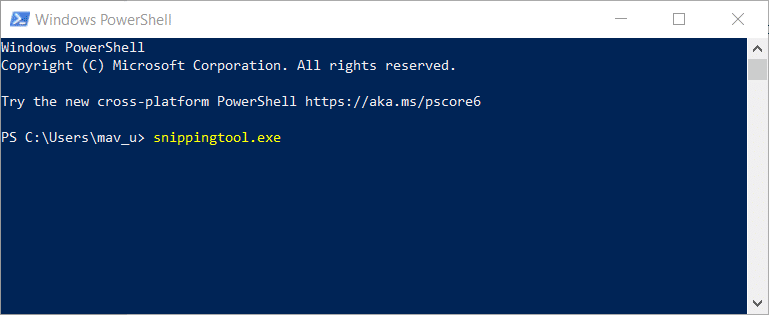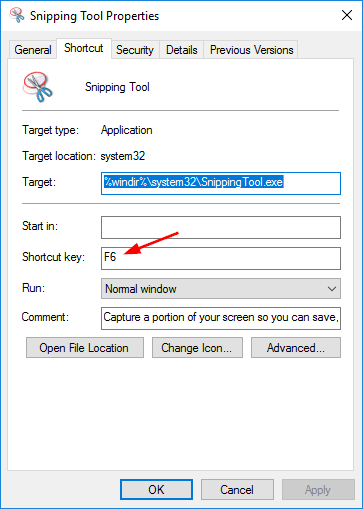

Screenshots are really useful when you want to share important information (like system configurations), troubleshooting an issue, use them for projects and assignments, post it on Facebook, explain a process in an article like this one, and much more. How to Take Screenshots with Snipping Tool in Windows 11 In this tutorial, we will show you everything about how to use the New Snipping Tool in Windows 11. In addition, the new app provides new and improved editing tools as well as a new settings page to configure the app. It also provides options to set a timer (in secs) to take screenshots.

You can use the Snipping Tool to capture the screenshots of a particular window, a rectangular area, a free-form area, or the full screen. Capturing a screenshot is the quickest and easiest way to capture exactly what your screen is displaying in a picture format so you can share it with others or save it for future reference. Snipping Tool is a Windows screenshot utility that lets you take screenshots or snapshots of the entire screen, windows, or a particular area on your display. These two legacy apps were not entirely removed but instead, the best features of both apps were combined into a unified brand new Snipping Tool with some added functionalities. Microsoft just rolled a new revamped Snipping Tool that replaces both the classic Snipping Tool and the Snip & Sketch apps in Windows 11. Alternatively, you can share the video via Nearby Share to devices in the vicinity, or via Teams or Email, allowing you to easily collaborate with colleagues or share your work with others.This post explains how to take and edit screenshots with the new Snipping Tool as well as how to set up the Snipping Tool in Windows 11. Once you have finished recording, you can save the video locally by clicking on the Floppy Disk icon right above. While recording, you can use the Snipping Tool’s annotation tools to draw attention to specific areas of the screen or add text to the recording. After a 3-second countdown, the recording will begin. Once you have selected the area, press “Start” to begin the recording. Next, select “New Recording” from the menu that appears, and choose the area you want to record by dragging the cursor over the desired area. This will gray out the Snipping mode and delay timer, allowing you to focus on the video recording. Once you have confirmed that you have the latest version, switch from images to video by clicking on the corresponding icon in the top left corner of the screen. If you are unsure whether you have the latest version, you can check for updates in the “Help” menu. To begin recording your screen using the Snipping Tool, first ensure that you have the latest version of the tool installed.

How to use Screen Recording with the Windows 11 Snipping Tool Related: How to Record Your Screen with Microsoft PowerPoint in Windows 10


 0 kommentar(er)
0 kommentar(er)
